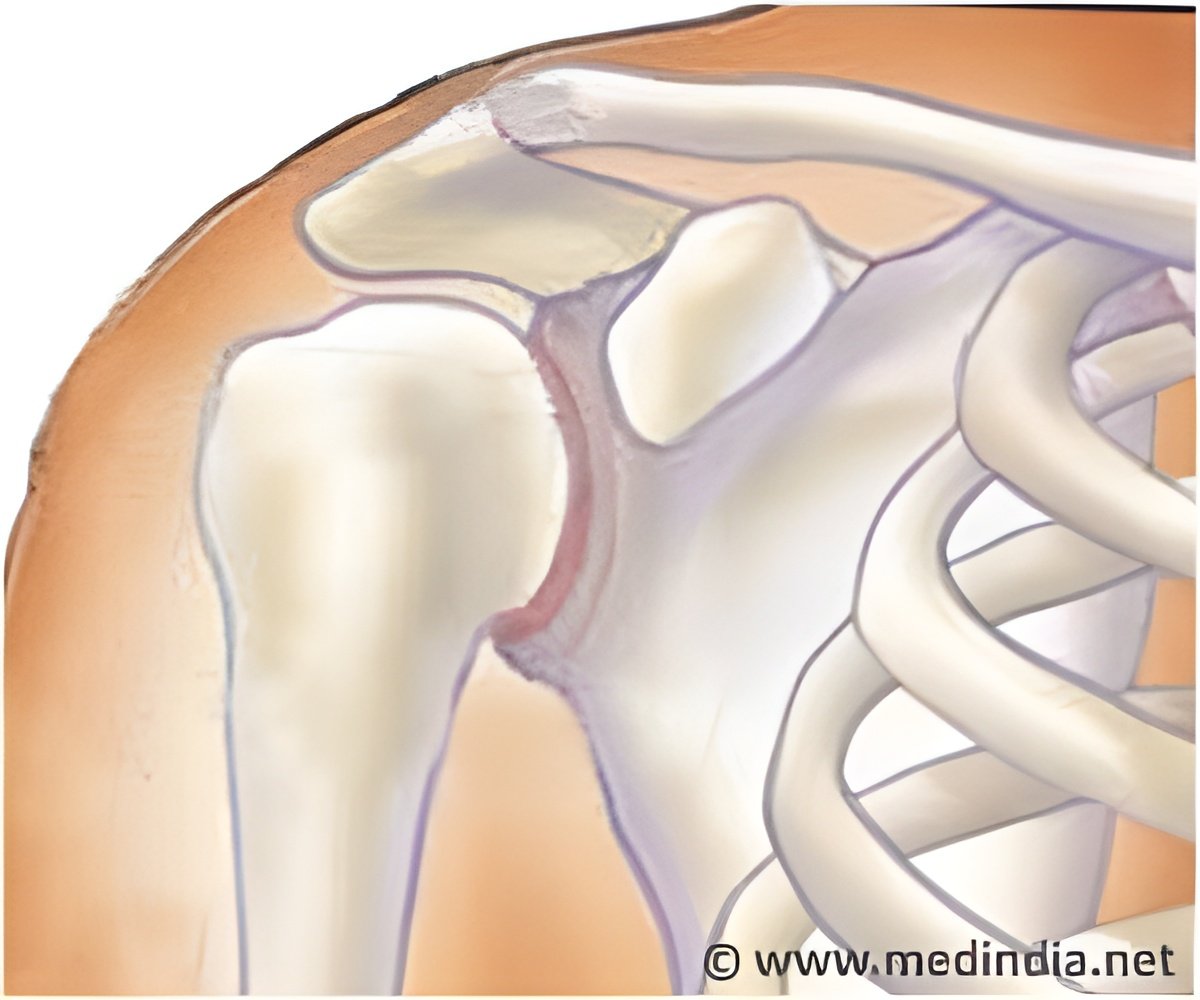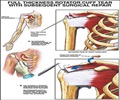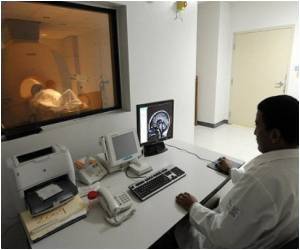A new study reveals that rotator cuff injury patients who undergo surgical treatment have lower indirect costs.

Despite tearing their rotator cuffs, Wesley Linton and Michaela "Pinky" Puno are able to keep doing what they love, work and support their families. Linton, a firefighter in Winston Salem, North Carolina, can rescue victims from fires, complete 50 push-ups with no pain and lift patients needing assistance. Puno, an amateur ballroom dancer, can continue improving her technique, practice two hours a day and dance competitively. Both patients are able to live full lives thanks to the rotator cuff surgery they had to ease their shoulder pain.
The prevalence of rotator cuff tears increases with age and yet, many people desire to stay in the workforce longer, which makes examining the cost-savings of rotator cuff surgeries an important issue. The new study offers a comprehensive look at the societal impact of rotator cuff disease and its treatments. Comparing surgical and non-surgical treatment options, the study's investigators found rotator cuff repair is cost effective across all patient age groups. Additionally, societal savings offset the direct costs of treatment in patients younger than age 61, resulting in an average net savings to society of $13,771 per patient. This number significantly increased to $77,662 for patients younger than 40 years.
"Rotator cuff injuries can affect anyone, but risk increases with age. The societal burden of rotator cuff tears is potentially significant, considering their impact on people's ability to work and remain productive," said Lane Koenig, health economist at KNG Health Consulting and a study author. "Fortunately, what this research enables us to do is quantify this value. It truly offers a new perspective to the body of information available about this condition."
To conduct the study, researchers reviewed literature and Medicare claims data. The collected data were applied to a Markov Decision Model where they estimated lifetime direct and indirect costs associated with surgical and continued non-operative treatment for rotator cuff tears by comparing costs for probability of employment, household income, missed workdays and disability payments among patients ages 30-80. Additionally, AAOS developed appropriate use criteria for rotator cuff injuries to help clinicians identify when surgery is appropriate for each patient.
Advertisement










